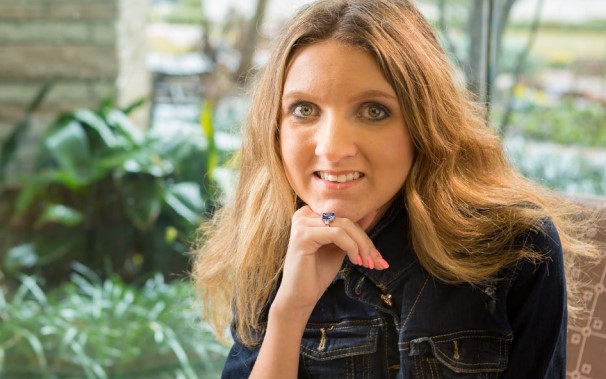Moyamoya Disease in Children
What is Pediatric Moyamoya Disease?
This rare, progressive blood vessel disorder more commonly affects children than adults. When a child has Moyamoya Disease, their carotid artery is blocked or narrowed, reducing blood flow to the brain. This can put them at risk of cognitive delays, seizures, and strokes. The word moyamoya means “puff of smoke” in Japanese, describing the appearance on X-rays of the tiny, tangled vessels that form to try to bypass the blockage. Surgery has been shown to be the most effective long-term treatment, and most patients go on to live a normal life.
Causes of Moyamoya Disease
The cause is unknown, but it’s thought to be possibly triggered by a genetic defect or a traumatic injury. It is associated with several other conditions, including Down syndrome and sickle cell anemia. The disease is far more common in East Asian populations, and slightly more prevalent among females. The average age of diagnosis is 7, but peak diagnosis ranges are between ages 5 to 10 and ages 30 to 50.
Signs of Moyamoya Disease
The first sign of Moyamoya Disease is usually a mini-stroke, called a transient ischemic attack. The child may appear confused or incoherent, and may have speech difficulties. Reduced blood flow to the brain can cause headaches, seizures, blurry vision, and weakness on one side of the brain. Symptoms may worsen when the child engages in strenuous physical activities.
Diagnosis
A doctor will discuss your child’s symptoms and medical history. They will conduct a physical and neurological exam, and order imaging tests to map the brain and blood flow. An MRI would show diminished blood low in the carotid artery. An angiogram is the gold standard for diagnosis and to aid in surgical planning.

In Real Life You Don’t Quit
At 18, Jordyn Bennett was on the borderline between childhood and adulthood when she was referred to pediatric epileptologist Gretchen Von Allmen, MD, and pediatric neurosurgeon Manish N. Shah, MD. The two physicians work together with other adult and pediatric epilepsy specialists at UTHealth Houston Neurosciences, where they manage patients over the entire lifespan for … Continue reading

Treatment
Medication, such as blood thinners, may be prescribed to lower the risk of stroke, but surgery will typically be needed. Because the condition worsens over time, a child with Moyamoya Disease might suffer strokes that cause cognitive decline without surgery. Several types of revascularization surgeries are available, and your UTHealth Neurosciences team will discuss the best options with you. An experienced neurosurgeon would perform the procedure. In cases where a stroke had already occurred, physical therapy may be needed after surgery.
What You Can Expect at UTHealth Neurosciences
Our dedicated team uses advanced technology to accurately diagnose and treat neurological diseases and conditions impacting babies and children. We work in multidisciplinary teams of specialists and pediatric neurosurgeons who share insights, leading to better treatment decision-making and outcomes, as well as lower costs and time savings. Throughout treatment, we will work closely with the doctor who referred your family to ensure a smooth transition back to your child’s regular care. While your family is with us, they will receive expert care, excellent communication, and genuine compassion.
Contact Us
At UTHealth Neurosciences, we offer patients access to specialized neurological care at clinics across the greater Houston area. To ask us a question, schedule an appointment, or learn more about us, please call (713) 486-8000, or click below to send us a message. In the event of an emergency, call 911 or go to the nearest Emergency Room.











